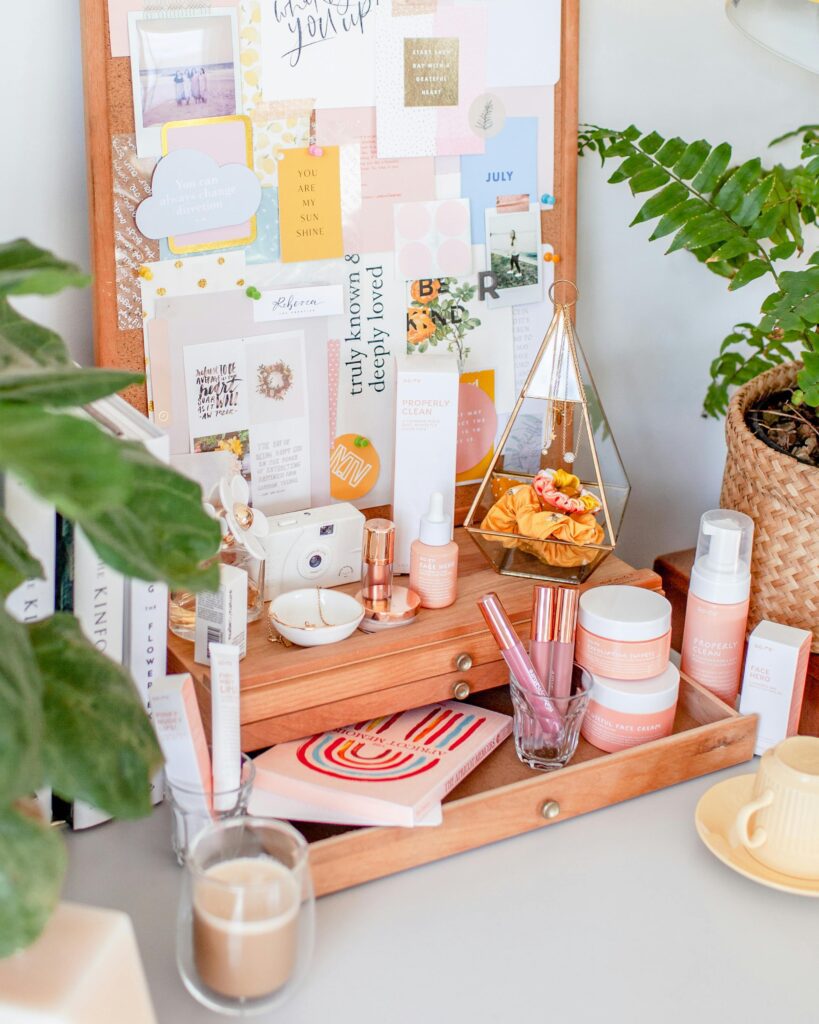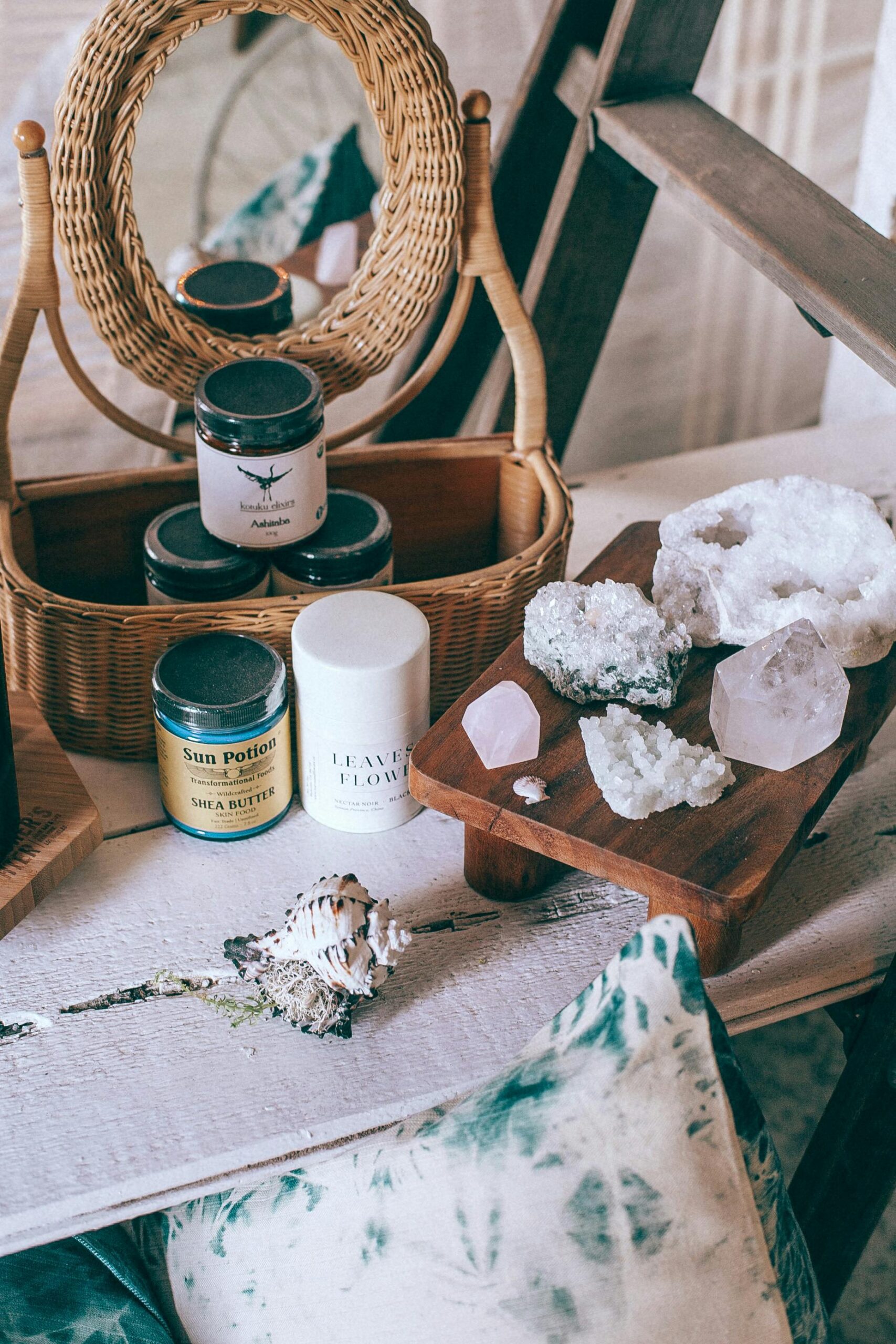Introduction
In today’s competitive beauty industry, the design of beauty products plays a critical role in capturing consumer attention and driving sales. This article explores the significance of beauty product design, the key elements involved, current trends, and future prospects.

Importance of Design in Beauty Products
Design is integral to the success of beauty products, serving as a powerful tool for brand differentiation and consumer engagement. Effective design not only enhances product aesthetics but also communicates brand identity and values, ultimately influencing purchasing decisions.
Elements of Effective Beauty Product Design
Color Scheme
The color palette of a beauty product is a key aspect of its design, evoking emotions and associations that resonate with consumers. By carefully selecting colors that align with brand identity and target audience preferences, beauty brands can create visually appealing products that stand out on shelves.
Packaging
Packaging is the first point of contact between consumers and beauty products, making it essential for attracting attention and conveying brand messaging. Innovative packaging designs that prioritize functionality, aesthetics, and sustainability can significantly enhance the overall product experience.
Branding
Consistent branding across all aspects of a beauty product, including packaging, logo, and marketing materials, helps to build brand recognition and loyalty. A strong brand identity reinforces consumer trust and distinguishes the product from competitors in the market.
Functionality
In addition to aesthetics, beauty product design must prioritize functionality to meet consumer needs and expectations. Products should be easy to use, convenient to carry, and deliver the promised benefits effectively, enhancing user satisfaction and brand credibility.
Trends in Beauty Product Design
Sustainable Packaging
With increasing environmental awareness among consumers, there is a growing demand for beauty products with sustainable packaging solutions. Brands are embracing eco-friendly materials and innovative packaging designs to minimize environmental impact and appeal to conscientious consumers.
Minimalistic Designs
Minimalism continues to be a prevailing trend in beauty product design, characterized by clean lines, simple typography, and uncluttered packaging. Minimalistic designs convey elegance, sophistication, and a focus on essential ingredients, resonating with modern consumers seeking simplicity and authenticity.
Inclusive Product Design
Beauty brands are increasingly embracing inclusivity in their product designs, catering to diverse skin tones, hair textures, and gender identities. The inclusive design ensures that all consumers feel represented and valued, fostering a sense of belonging and acceptance within the beauty community.
The Role of Consumer Psychology in Beauty Product Design
Consumer psychology plays a significant role in shaping beauty product design strategies, and guiding brands to understand consumer preferences, motivations, and behaviors. By incorporating psychological principles into design decisions, brands can create products that resonate with their target audience on a deeper emotional level, driving engagement and loyalty.
Case Studies: Successful Beauty Product Designs
Examining successful beauty product designs provides valuable insights into effective design strategies and their impact on consumer perception and market success. Case studies highlight innovative approaches to packaging, branding, and product development that have resulted in significant market penetration and brand recognition.
Challenges in Beauty Product Design
Despite its importance, beauty product design presents several challenges for brands, including budget constraints, regulatory compliance, and evolving consumer preferences. Balancing creativity with practicality and staying ahead of market trends while meeting industry standards requires careful planning and strategic decision-making.
Future of Beauty Product Design
The future of beauty product design lies in innovation, sustainability, and personalization. Brands that embrace emerging technologies, adopt sustainable practices, and prioritize consumer-centric approaches will lead the way in shaping the future of beauty, creating products that resonate with consumers and drive lasting impact.
Conclusion
In conclusion, beauty product design is a multifaceted discipline that combines creativity, functionality, and consumer psychology to create products that captivate audiences and drive sales. By understanding the importance of design elements, staying abreast of industry trends, and leveraging consumer insights, beauty brands can position themselves for success in an ever-evolving market landscape.
FAQs
- How does packaging design influence consumer perception of beauty products? Packaging design plays a crucial role in shaping consumer perceptions of beauty products, influencing purchasing decisions and brand loyalty. Eye-catching packaging that communicates brand identity and product benefits can enhance product appeal and stand out on crowded shelves.
- What are some key considerations in designing sustainable beauty packaging? Designing sustainable beauty packaging involves selecting eco-friendly materials, optimizing packaging efficiency, and minimizing environmental impact throughout the product lifecycle. Brands should prioritize recyclability, biodegradability, and renewable resources to meet consumer demand for sustainable alternatives.
- How can beauty brands incorporate inclusivity into their product designs? Beauty brands can incorporate inclusivity into their product designs by offering diverse shade ranges, accommodating different skin types and concerns, and promoting representation and diversity in their marketing campaigns. Inclusive design ensures that all consumers feel seen, valued, and empowered by the products they use.
- What are the main challenges faced by beauty brands in product design and development? Some of the main challenges faced by beauty brands in product design and development include balancing innovation with regulatory compliance, meeting consumer expectations for efficacy and safety, and staying ahead of rapidly evolving market trends. Successful product development requires careful research, planning, and collaboration across various disciplines.
- What opportunities does the future hold for innovation in beauty product design? The future of beauty product design is ripe with opportunities for innovation in areas such as sustainable packaging, personalized skincare solutions, and advanced formulation technologies. Brands that invest in research and development, embrace emerging trends, and prioritize consumer needs will lead the way in shaping the future of beauty.
